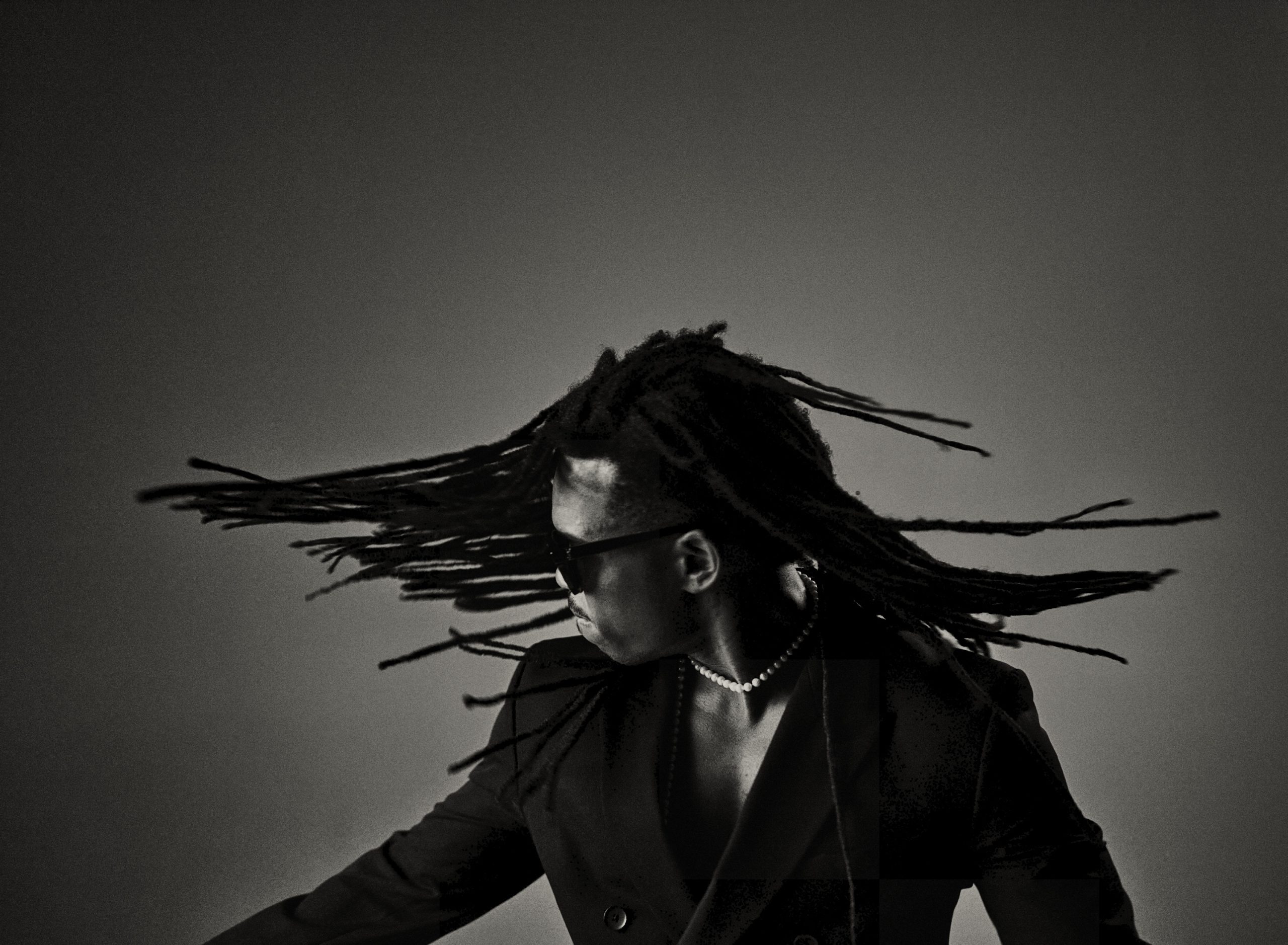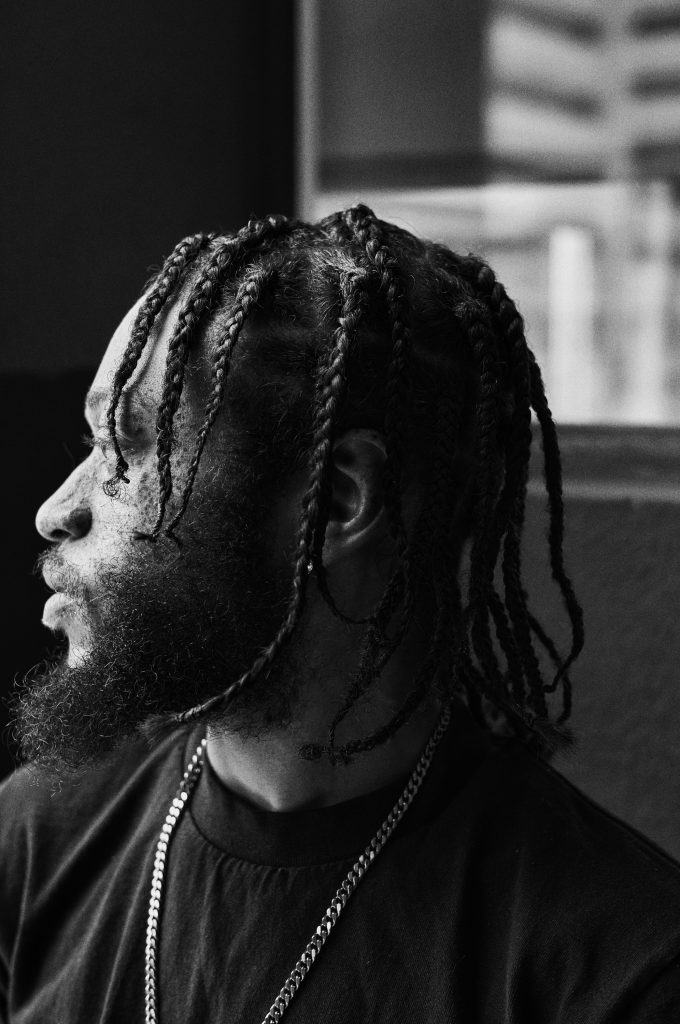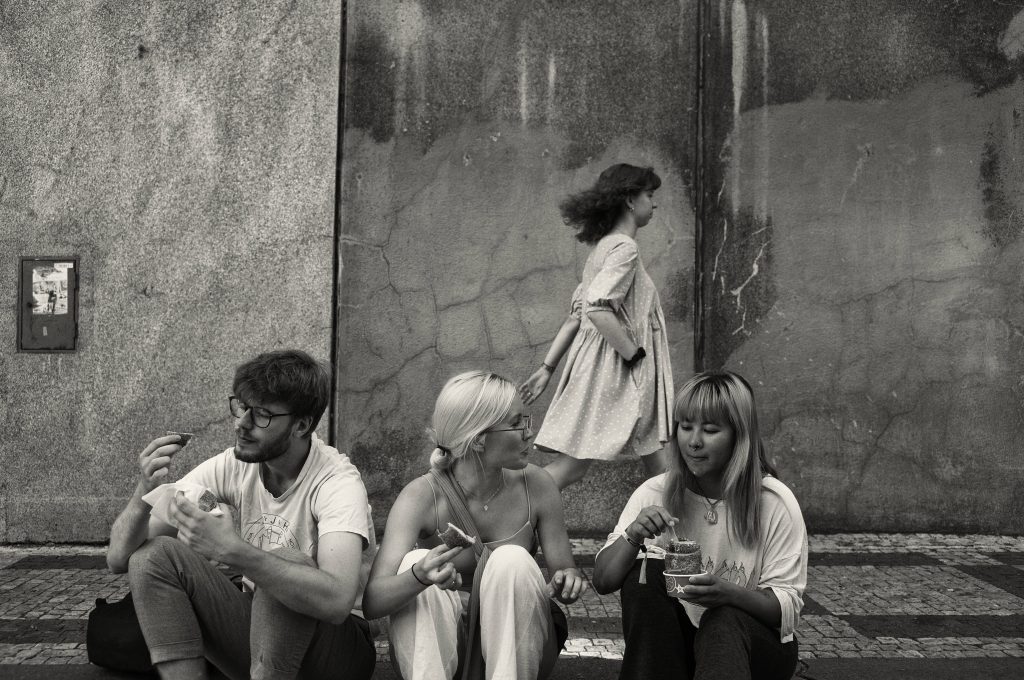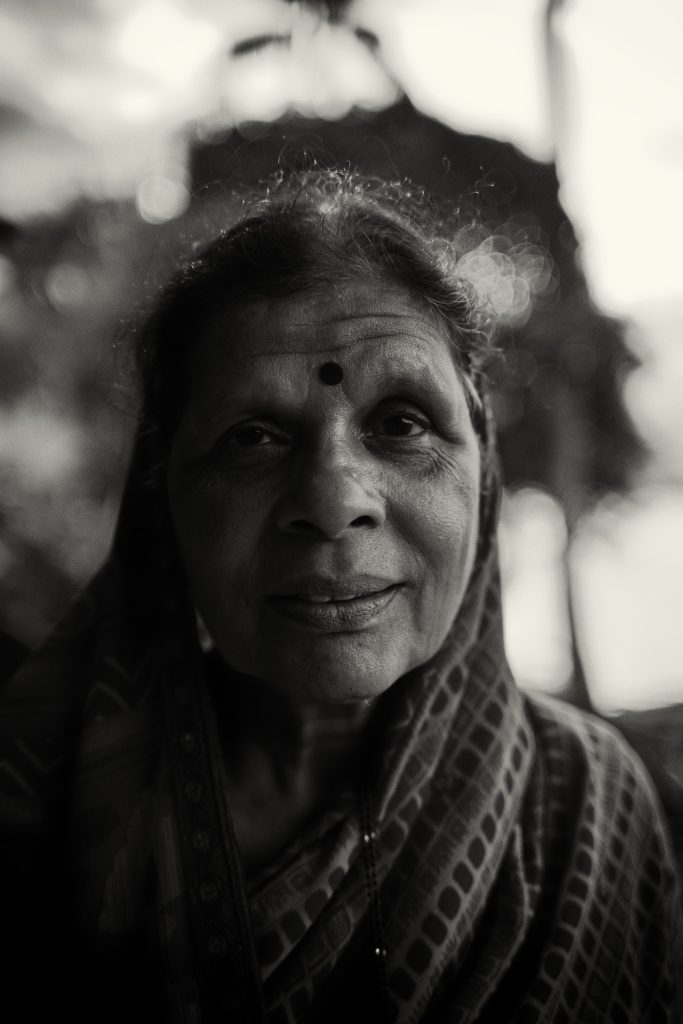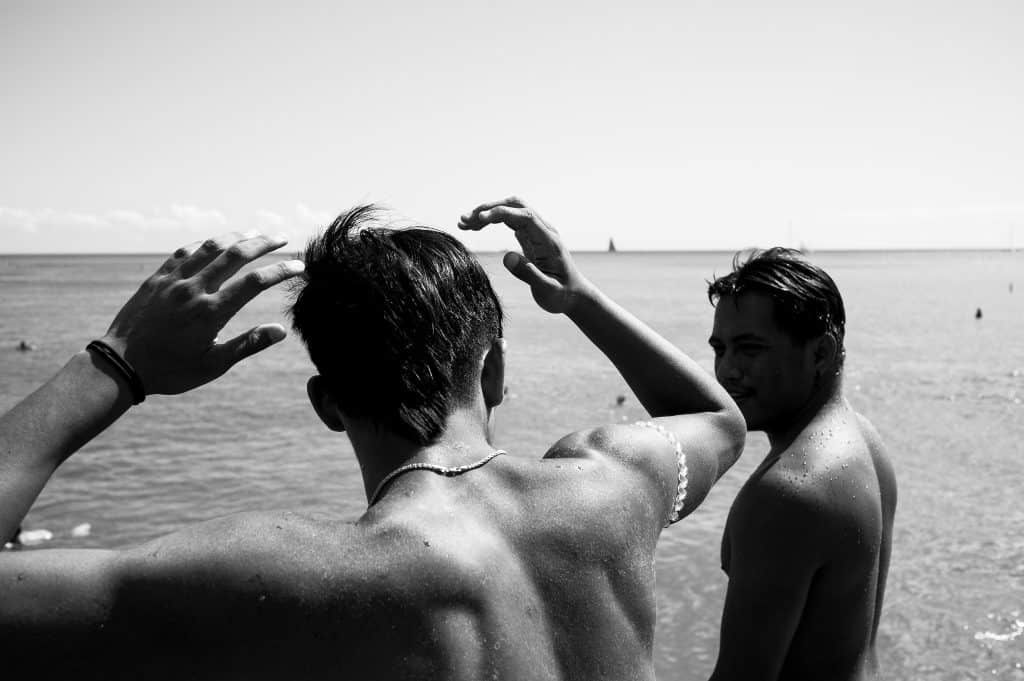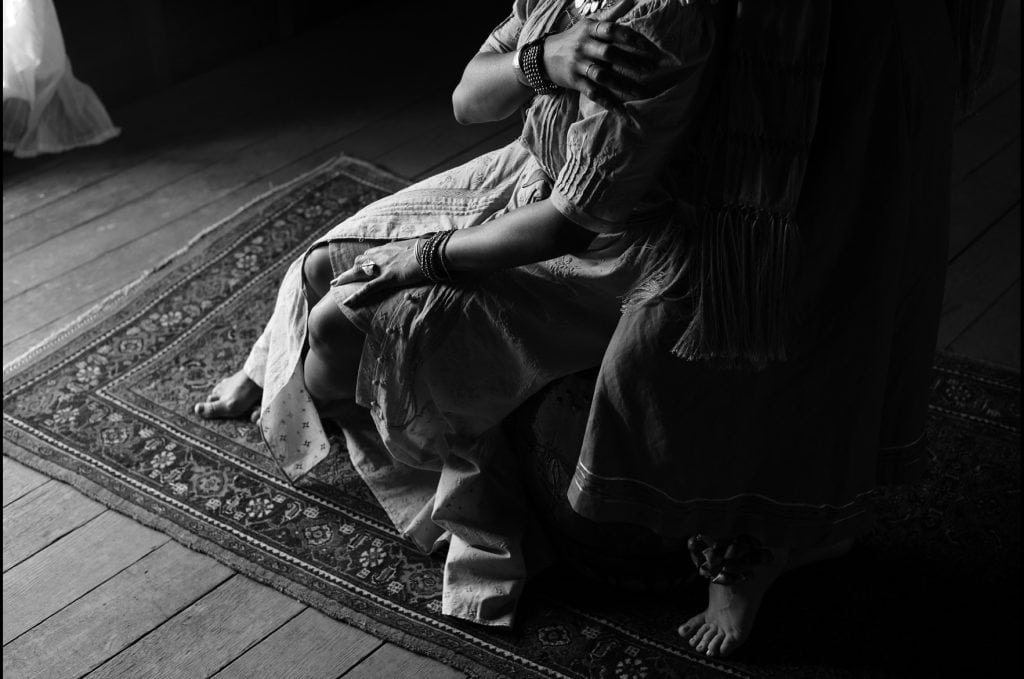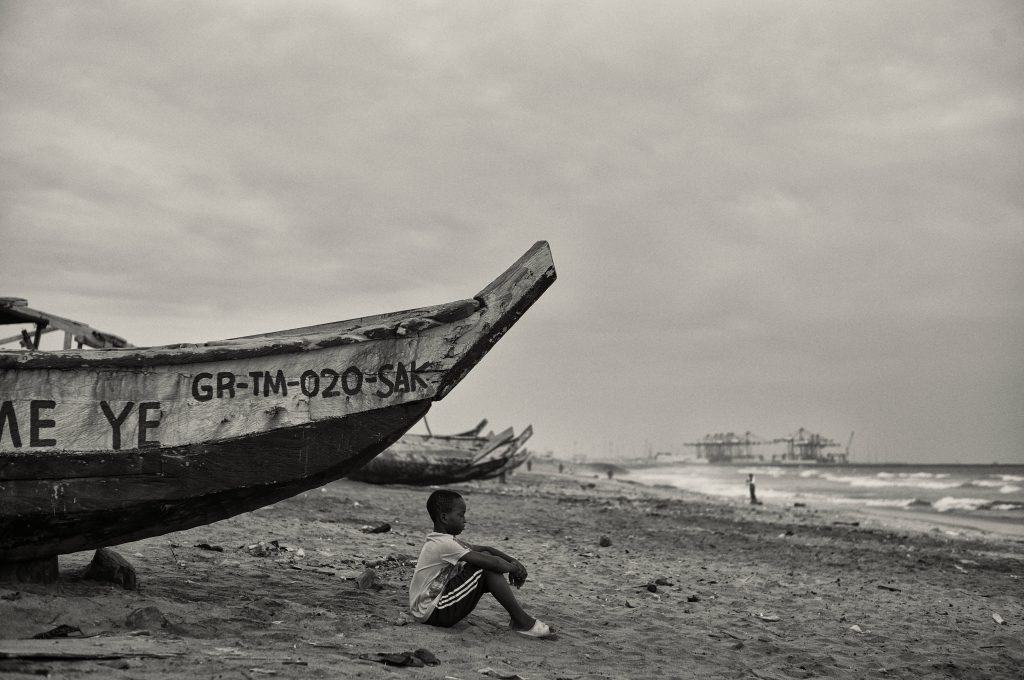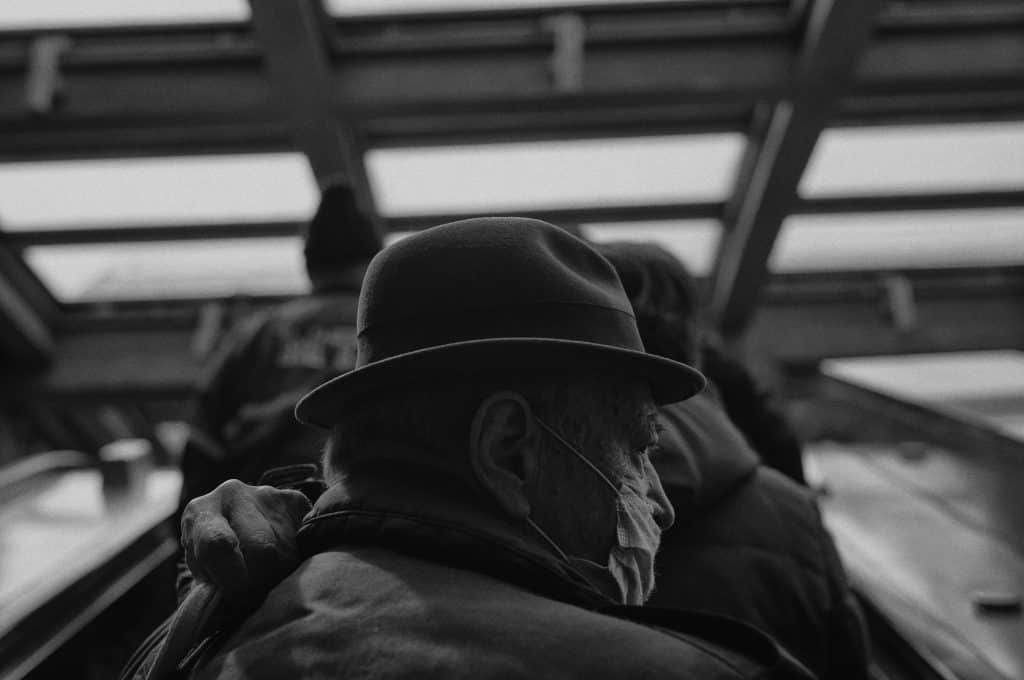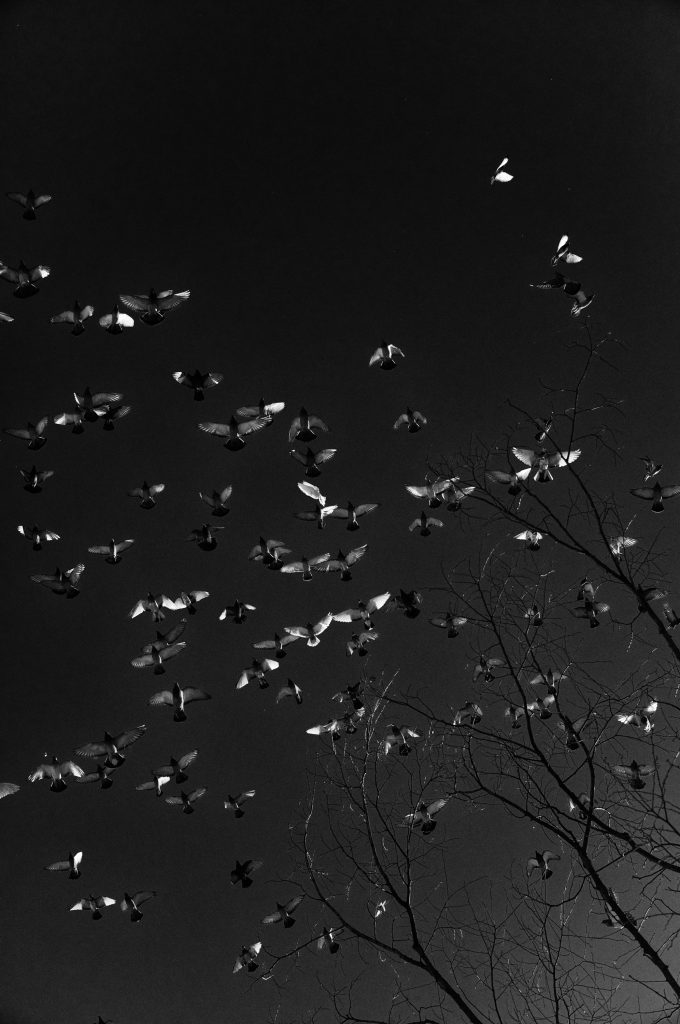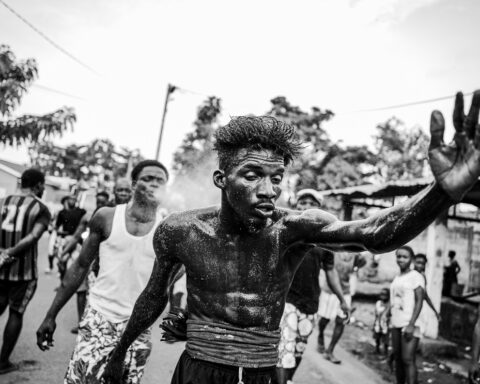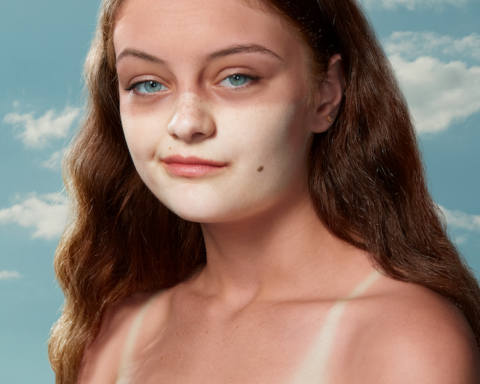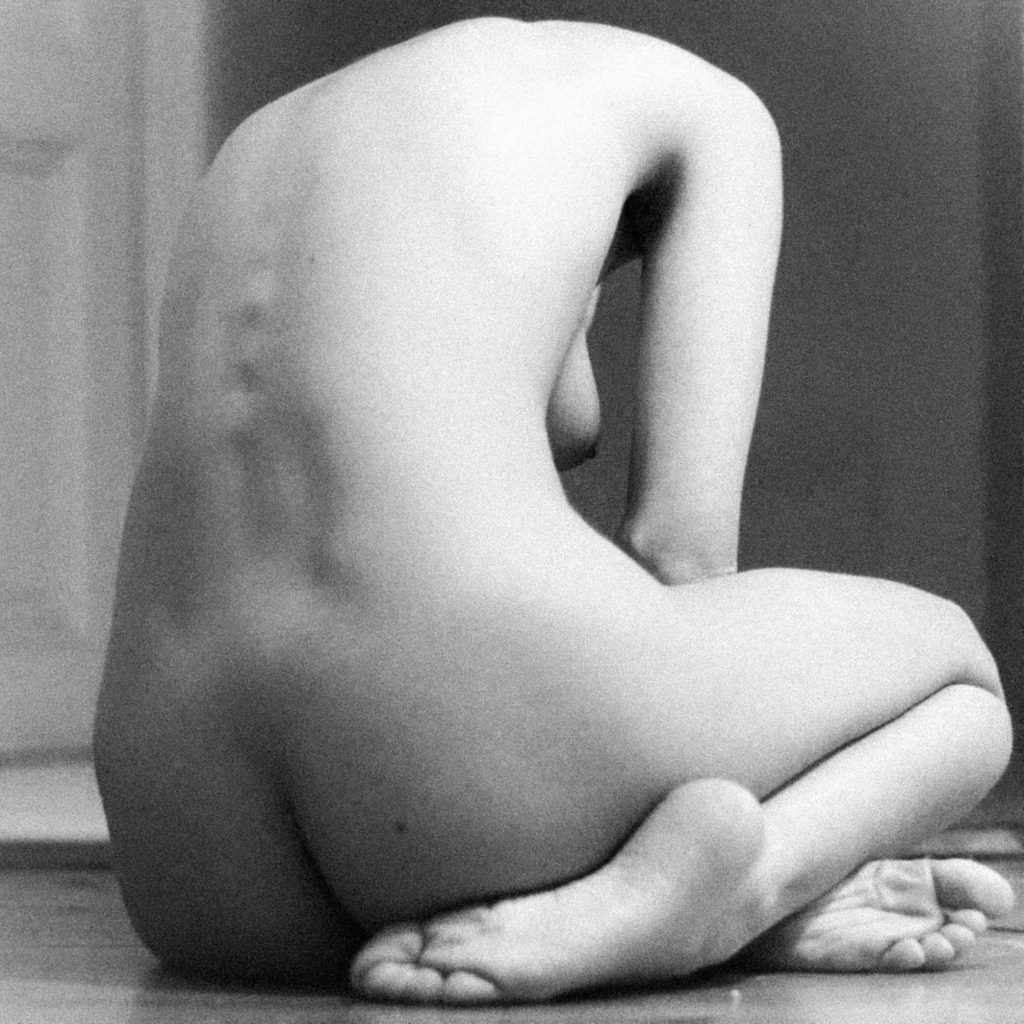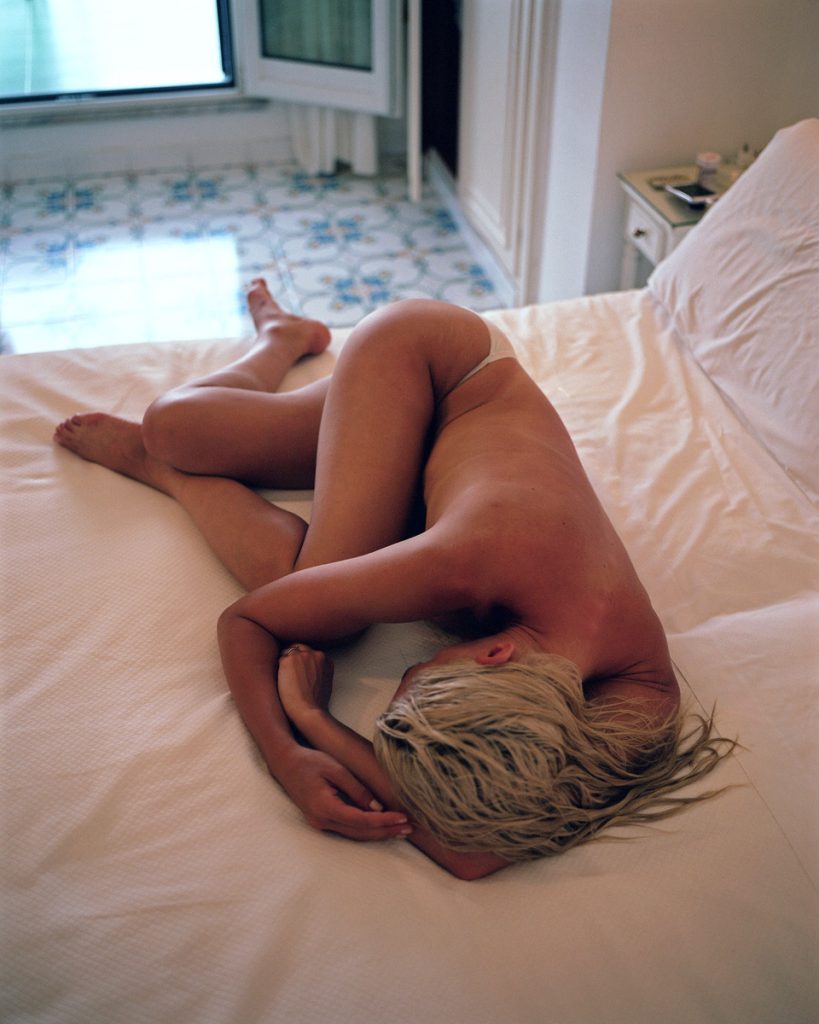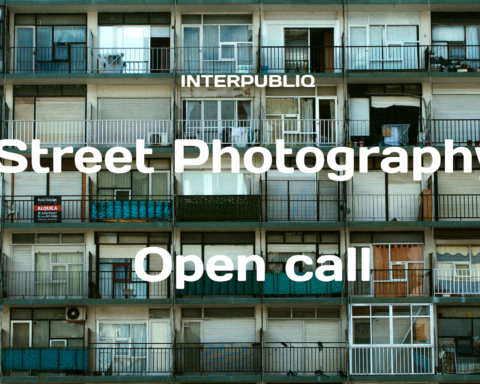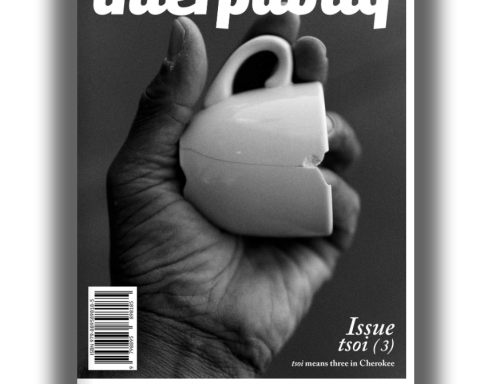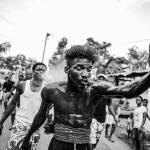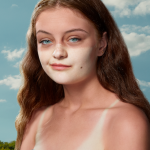Greg Hatton – photographer and cinematographer , has seamlessly transitioned from the adrenaline-fueled world of motorsports into the captivating realm of filmmaking.
Transitioning your focus to photography marks a significant change in your career trajectory. What motivated this shift, and how do you envision your photography evolving as you dedicate more time to the craft?
The choice to leave Motorsports was a hard one to make. I literally grown up around racing and at the race track. But it got to a point where I felt as though I was hitting a glass ceiling. And I could feel stagnation setting in. That’s something that I fight against in life because I know there’s more to this life that whatever obstacles present themselves.
My thought at the time was simply, “you can keep doing this; or you can try to do the other thing you love.” That other thing being filmmaking and photography.
So I jumped.
How does my motorsports background inform my photography?
I think the parallel that I saw was something bigger than just my approach to photography. I think racing repeatedly showed me what winning and losing was about. That either was just part of the game. That you will need to take risks to find your potential. That you can achieve more through community and you will have have to adjust countlessly along the way.
There are pieces of that that plays into photography, but it’s all perspective at the end of the day.
Your upcoming exhibition at Leica Gallery Los Angeles offers a platform to showcase your photographic work. Can you share some insights into the themes or concepts you’ll be exploring in this exhibition, and how you aim to engage and captivate your audience through your images?
This exhibition is a milestone moment for me because having my work in that gallery space is something that I’ve wanted for a very long time. 6 or 7 years maybe. I’ve shown in LA, I’ve shown in Morocco, Berlin, Alabama. But there’s something special about being given space in a Leica Gallery.
The exhibition is focused on Black and White photography and in my travels I shoot often from observation. There are moment in between that keep me amazed and people and in our world. So I gathered a group of images and titled my exhibition “Things you see”.
And what will be on display is a grouping of Black and White images that show moments and individuals that I saw along the way.
Having worked on documentary projects in Africa, how has this experience influenced your approach to photography, and do you find any parallels between capturing real-life stories through film and through still images?
Documentary projects do so much to open your mind to the world around you. It’s like everything about everything is a pre-judgment until you’ve seen it for yourself when and been up close and personal to whatever you may be observing.
The parallels between documentary motion and stills are apparent right off of the bat. You have to allow yourself to absorb the world you’re in, in order to make anything worth sharing. If you’re going into a shot thinking that it’s all going to be what you have in mind; I would say there’s slim chances of that happening.
Preparation is crucial. The better you’re prepared, the easier it is for you to pivot and maneuver through potential changes to the plan.
As you continue to develop your skills as a photographer, what aspects of the craft are you most passionate about exploring or mastering? Are there any particular techniques or styles you’re eager to delve into further?
I’m excited that we never stop learning. We’ll always come across new things. I guess I could say I’m looking at different printing methods; I’m loving right now. Platinum Prints are something I’m wanting to do right now.
But I have a lot to learn in photography. I’m self-taught, I haven’t done everything there is to do in this craft. So the road is wide open and there are too many people to collaborate with, teach or learn from. I’m just looking forward to what comes next.
Your preference for shooting exclusively in black and white is a distinct artistic choice. How does this aesthetic preference inform your photographic vision, and what do you hope viewers will take away from experiencing your work in monochrome?
Black and white photography is so interesting because it almost forces us to pay attention. Frank Jackson said that because every human sees in color, black and white speaks more about “the feeling” that can exist in a moment. This was taken a bit further by one of my instructors in the ASC (American Society of Cinematographers) Masterclass. He mentioned that the fact that the majority of humans see in color introduces an involuntary response when we experience our world without color. We automatically pause to take in the image to try and understand what exactly we’re seeing. This is an instinctual thing on the most primal level. Without color stories, or the meaning we associate with colors, we have to investigate what we’re seeing further.
I thought that was a powerful explanation to what’s happening when we see images like this. The goal has always been to help facilitate a connection between the viewer and my art. But ultimately to provide a place where a viewer can really take in another perspective of their world. I think that’s why I do this. I think I love that challenge.
Capturing the essence of a subject or scene through photography requires a unique perspective. Can you share some insights into specific considerations you take into account during your creative process?
It’s really about being present. I’m more documentary photographer than anything. I want to spend time and see the subject away from the “preparation” for a picture. I look for real life and do my best to capture that.
Photography often involves a delicate balance between technical precision and artistic expression. How do you navigate this balance in your work, and are there any specific challenges or breakthroughs you’ve encountered along the way?
Thinking too technically can kill art. But yes, there is a bit of a balance required to do this work.
I think technical precision comes into play when you know your tools and how to utilize them to create whatever it is you’re going after. In my mind that has to happen before you’re creating work that you really want to stand on. As an example, photography at it’s core exists within the understanding and implementation of the exposure triangle. When you have that understood and can manipulate the triangle on your given camera; you’re free to play in the artistic space of your image making.


